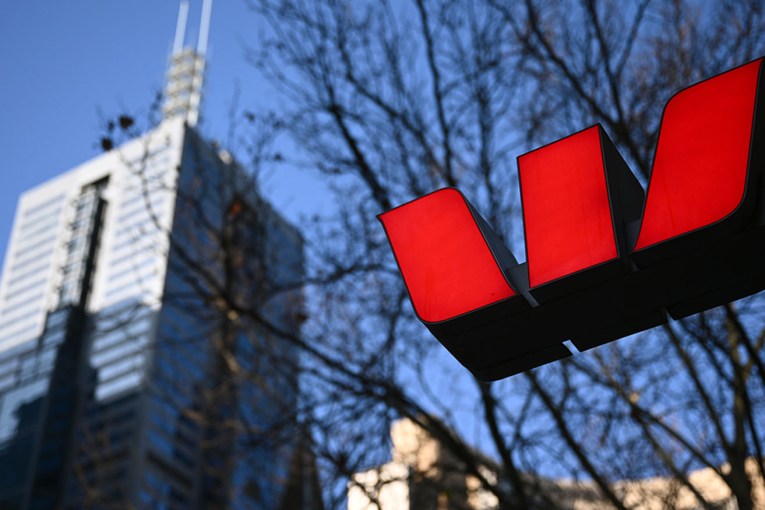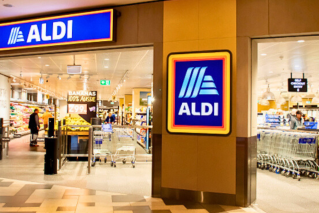The banks didn’t save Australia – they ate it


Bank profits reflect a nation that has gorged itself on private debt. Photo: Getty
ANALYSIS
The CEOs who appeared at the banking inquiry in Canberra insist that their companies’ enormous size and sky-high profitability should be praised, not attacked.
Commonwealth Bank boss Ian Narev kicked off the inquiry with this statement:
“It is correct that our returns on equity are higher than many banks in other developed markets. But in most of those markets, banks have failed, nearly failed, or struggled severely.
“Our profits are at a level that enable us to keep the confidence of global funders, who play a critical role in our ability to consistently extend credit. That’s not true of banks in most developed markets.”
For those who missed his not-so-subtle implication, if you mess with Australia’s banks, they won’t fund the investment needed to grow the Australian economy.
So let’s start with that point.
Firstly, the biggest drivers of Australia’s income boom in the past decade were big mining companies, and they did not fund their operations via their local bank manager. They raised debt and equity on international markets.
Secondly, the ability to “consistently extend credit” has helped banks make a motza by financing and refinancing the housing market – much more than by funding businesses.
RBA data shows this very clearly. Back in 1990, the total stock of credit extended by banks to businesses was about 2.7 times the amount on loan to mortgage holders. In 2016, it’s only 0.54 times the size of mortgage debt.

The big four banks have become the nation’s most profitable companies by far. Note that I have used 2015 figures to compare profits because at the time of writing, only one of the big four has announced its 2016 results.
While direct comparisons with the likes of BHP are problematic – its shares are listed on both the ASX and the London Stock Exchange, and its business is highly cyclical – a comparison with other large corporations is instructive.
Wesfarmers – which owns Coles supermarkets, Bunnings, Officeworks, Kmart and Target – is Australia’s biggest employer. It sells a high percentage of the things Australians buy every week.
So you might think such a group would rank highly in the profit stakes, perhaps followed by Woolworths, which owns such brands such as Big W, BWS, Dan Murphy’s and a string of hotels and pubs through Australian Leisure and Hospitality Group.
Not at all. For the full-year to the end of June 2015, bank profits were 6.4 times the combined profits of Wesfarmers and Woolworths.
We have an economy dominated by four finance houses. If you think that’s normal, have a look at the top-10 companies listed on the New York Stock Exchange in the table below.
While direct comparisons between a resources-based economy and an industrial giant are difficult, note that only one bank makes it into the Wall Street top 10 based on market capitalisation.
Did bank strength save Australia?
Australia’s record run of economic growth almost came a cropper when the US government allowed investment bank Lehman Bros to collapse in October 2008.
Australia’s banks went into that crisis making around a 20 per cent return on their shareholders’ equity. That figure has now fallen to around 14 per cent, which is still very high compared with companies in other sectors.
But to Mr Narev and the other bank bosses, that’s a good thing as it keeps the global funding doors open, and allows the banks to keep doing what their customers want – lending them ever higher amounts with which to buy and re-buy the same housing stock.
There are two gaping holes in that argument, however.
Australia was poised, in 2008, to crumple just like most other developed countries, because its banks had loose lending practices, and were sourcing too much of their funding requirements in global wholesale markets.
By 2009, Australia’s real economy and therefore the housing market, was heading for the abyss.
Here comes the cavalry
That’s when the government stepped in. Whatever else they got wrong, Kevin Rudd’s ‘kitchen cabinet’ acted decisively.

The Rudd government saved the day. Photo: AAP
They guaranteed the banks’ liabilities, which stopped a run on the banks as seen in so many other nations.
They used a small, then a very large, burst of stimulus spending to stop small businesses collapsing and the job queues and mortgage defaults exploding.
And all of that received a massive external boost when China’s own stimulus spending package sent commodity prices through the roof.
So it was the Chinese and Australian governments, aided by APRA and a string of interest rate cuts from the Reserve Bank, that saved the real economy and the banks’ profitability.
It certainly wasn’t the banks’ high profitability, built on reckless pre-GFC lending, that saved Australia.
To read more columns by Rob Burgess click here.









